Whoever is elected the 47th president of the United States will start with a rare and clear advantage: a remarkably solid economy.
Economic output is on a two-year winning streak. Gas prices are down 35 cents from a year ago, despite the wars in Ukraine and the Middle East. The job market is cooling but sturdy, unemployment low, inflation all but back to normal and consumers growing more confident.
Tuesday’s election will show how much that all matters to voters, who will soon decide which candidate they want to entrust the economy to from here.
On Wall Street, the good times continue to roll as Election Day looms, with tens of millions of votes already cast in a neck-and-neck race between Vice President Kamala Harris and former President Donald Trump. The S&P 500, the index most likely to be reflected in Main Street retirement accounts, is near record highs and up almost 87% as of Friday from five years earlier. Its nearly 21% gain since January alone is the best in any election year since 1936, according to Bespoke Investment Group.
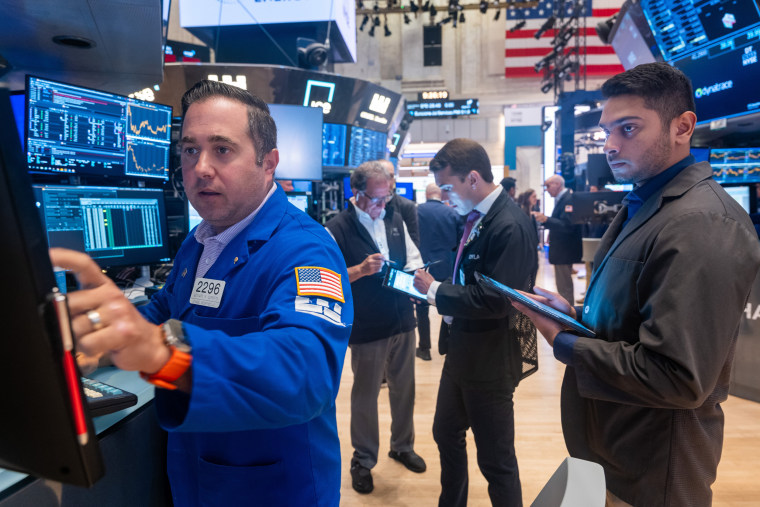 Stock markets have hit records this year.Spencer Platt / Getty Images file
Stock markets have hit records this year.Spencer Platt / Getty Images filePublic opinion polls, however, show deep scars in the American psyche from the pandemic and the subsequent spike in inflation. While the pace of price hikes has slowed dramatically after hitting a four-decade high of 9.1% in June 2022, many consumers remain fixated on uncomfortably high price levels.
Pay raises, however, continue to outrun inflation. Average earnings are up 4% over the past year, expanding people’s spending power. The typical worker can afford the same purchases as they could in 2019, after accounting for inflation — and bank another $1,400 in their pockets each year. But household finances vary widely in ways that national averages don’t capture, and many essentials remain a stretch. Grocery prices, for example, are 22% higher than they were four years ago, while average wages have risen 19% over the same period.
Even so, people keep shelling out, especially for bargains. Consumer spending was a key driver of the 2.8% jump in gross domestic product in the third quarter, the Bureau of Economic Analysis said last week. In all but one quarter over the last two years, the economy has grown at a rate of more than 2.4%.
There are signs people are finally feeling a bit better after a long wallow in the doldrums. Consumer confidence surged in October by the most it has since 2021, fueled by optimism about personal income and job availability — a vibe shift that researchers said spanned “all age groups and most income groups.”
The Federal Reserve’s preferred inflation gauge also continues to fall, dipping to just a tenth of a percentage point above the central bank’s target. And while labor strikes and two devastating hurricanes dented employment levels last month, the overall job market remains stable — cooling steadily rather than cratering.
But to regular American households, it’s more of a “Yes, but” economy: Yes, the job market is strong, but my boss wants me in five days a week, and that doesn’t work for me anymore. Yes, inflation has fallen, but I can’t afford day care. Yes, the stock market is at record highs, but I’m paying double for car and homeowners insurance.
In September’s consumer price index, shelter costs were still up 5% since the year before. Prices across the rest of the service economy were 4.7% higher overall, and medical care was up 3.9%. These recurring, hard-to-avoid expenses have been weighing on economic sentiment — or distorting it outright.
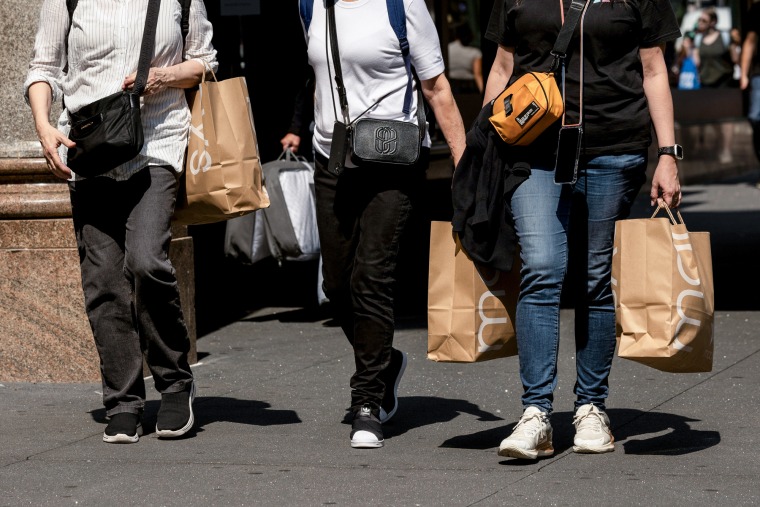 Consumer spending has remained strong, even as shoppers increasingly gravitate toward discounts.Yuki Iwamura / Bloomberg via Getty Images file
Consumer spending has remained strong, even as shoppers increasingly gravitate toward discounts.Yuki Iwamura / Bloomberg via Getty Images fileIn a CNBC survey last month, 45% of respondents said prices are rising faster than before, even though they aren’t. Just 16% said price hikes had leveled off, and a mere 7% said their own income was outstripping inflation, which doesn’t square with reality. Only 26% said the economy was excellent or good, with 73% calling it fair or poor.
It’s likely that Americans remain gloomier than the data suggests because they’re still stumbling over cracks in essential parts of the economy that the pandemic exposed or widened.
Quality child care, for example, is hard to find in many ZIP codes and often so costly that it forces many families to make lifestyle-altering decisions. The share of caregivers who are absent from work because of child care difficulties has recently been near record levels, federal data shows. One recent survey found 20% of parents were spending more than $36,000 annually on child care — more than the average tuition bill at in-state colleges.
Homeowners insurance rates have skyrocketed, with disasters like wildfires sending the five-year average coverage cost soaring from $1 billion annually in 2016 to over $17 billion in 2021, according to First Street Foundation, a nonprofit group that studies climate threats. Nearly 7 million homes are functionally uninsurable, with no provider offering any coverage at all. That comes as hurricanes Helene and Milton are set to cost insurers at least $35 billion, according to risk-modeling agency Moody’s RMS.
And then there’s the homebuying market. The spike in mortgage rates, from 3% just a few years ago to as high as 8% more recently as the Fed raised interest rates to fight inflation, have squeezed affordability to a degree not seen in decades. Coupled with a historically low supply of properties for sale, prices in many areas have shot to record highs.
Consider the math on the average-price home, at $501,100 as of the third quarter this year. The monthly payment on that property, $2,675.15, bought with a 20% down payment and a 30-year fixed-rate mortgage, would be roughly double since the third quarter of 2020, according to an NBC News analysis of mortgage and federal housing data.
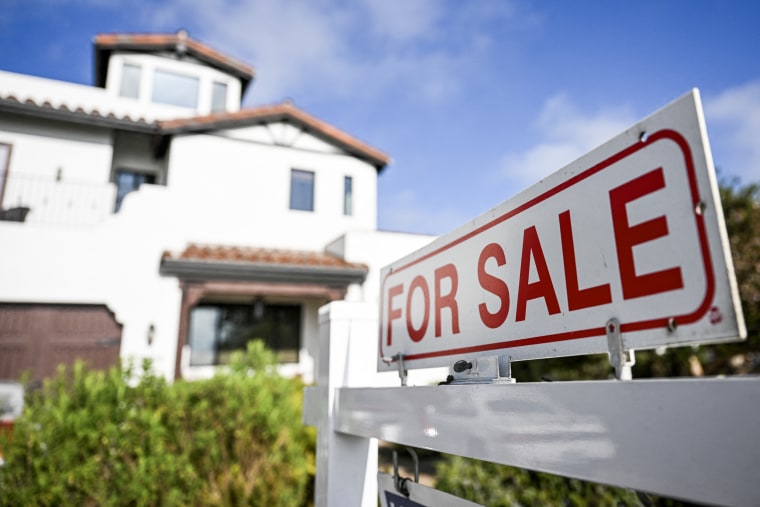 Residential property markets in much of the country remains unaffordable to many buyers.Patrick T. Fallon / AFP via Getty Images
Residential property markets in much of the country remains unaffordable to many buyers.Patrick T. Fallon / AFP via Getty ImagesBoth presidential hopefuls are talking about living costs, and the Harris campaign in particular has outlined proposals on elder care, child care, housing and more. But many voters aren’t hearing much detail on major issues through the daily din of outrage and hyperbole.
“The budget deficit? Hardly a peep. Climate change? Not in the mix. Israel and Ukraine? No one wants to touch those hot buttons,” said Greg Valliere, chief U.S. policy strategist at AGF Investments.
That’s adding to the disconnect, he said, even as many economists cheer a Goldilocks economy that few thought possible just a year or two ago. President Joe Biden wasn’t getting much credit for it from voters before he bowed out of the race, and Harris has been pushing to wrest more credibility on the matter in the campaign’s home stretch.
Friday’s jobs numbers, the last before Election Day, were just the latest opportunity for each side to argue its economic case. Trump campaign press secretary Karoline Leavitt called October’s meager payroll gains, which were weighed down by the back-to-back hurricanes and a major labor strike, a “catastrophe.”
“Working families are being ripped off by the Harris-Biden economic agenda,” she said in a statement following the report. “Kamala broke the economy. President Trump will fix it.”
The Harris campaign declined to comment.
Voters, at any rate, will be the final arbiters, with over 70 million ballots already cast and millions more expected on Election Day. Whatever their verdict, the economic tailwinds will be at the back of whoever steps into the Oval Office in January.
Steve Kopack
,
Jing Feng
and
Candace Kuo
contributed
.

 2 settimane fa
10
2 settimane fa
10
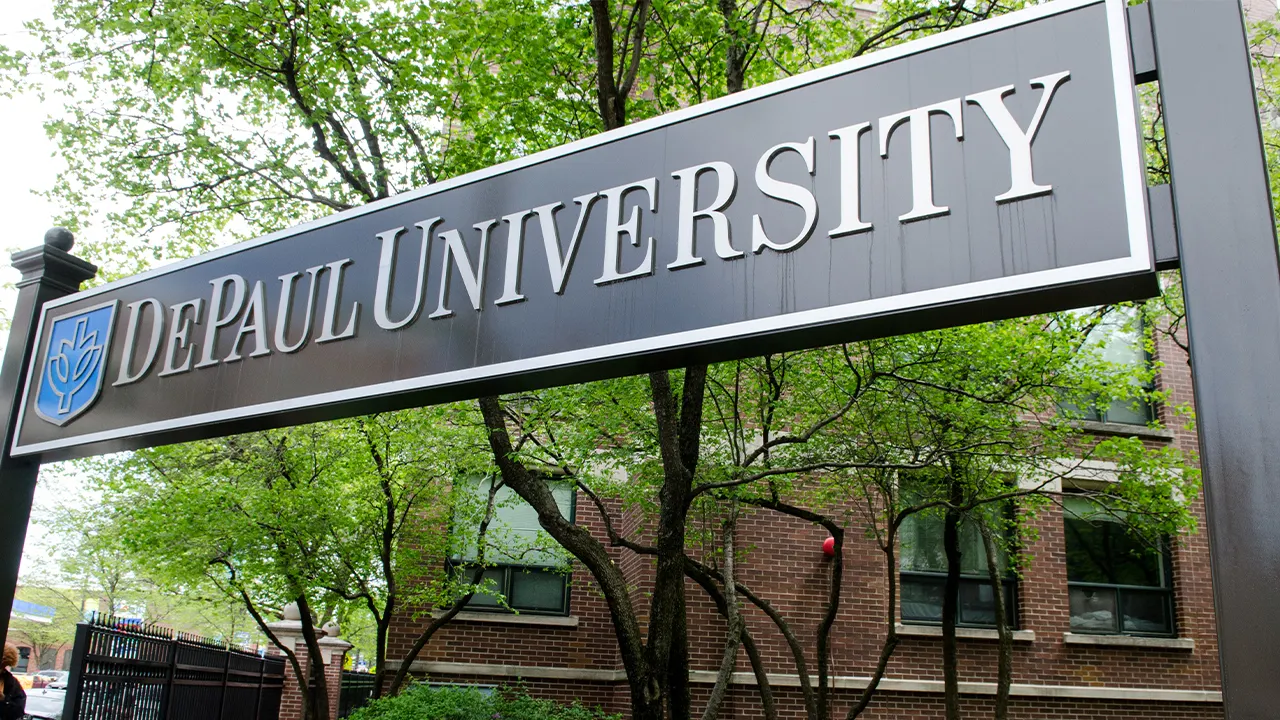

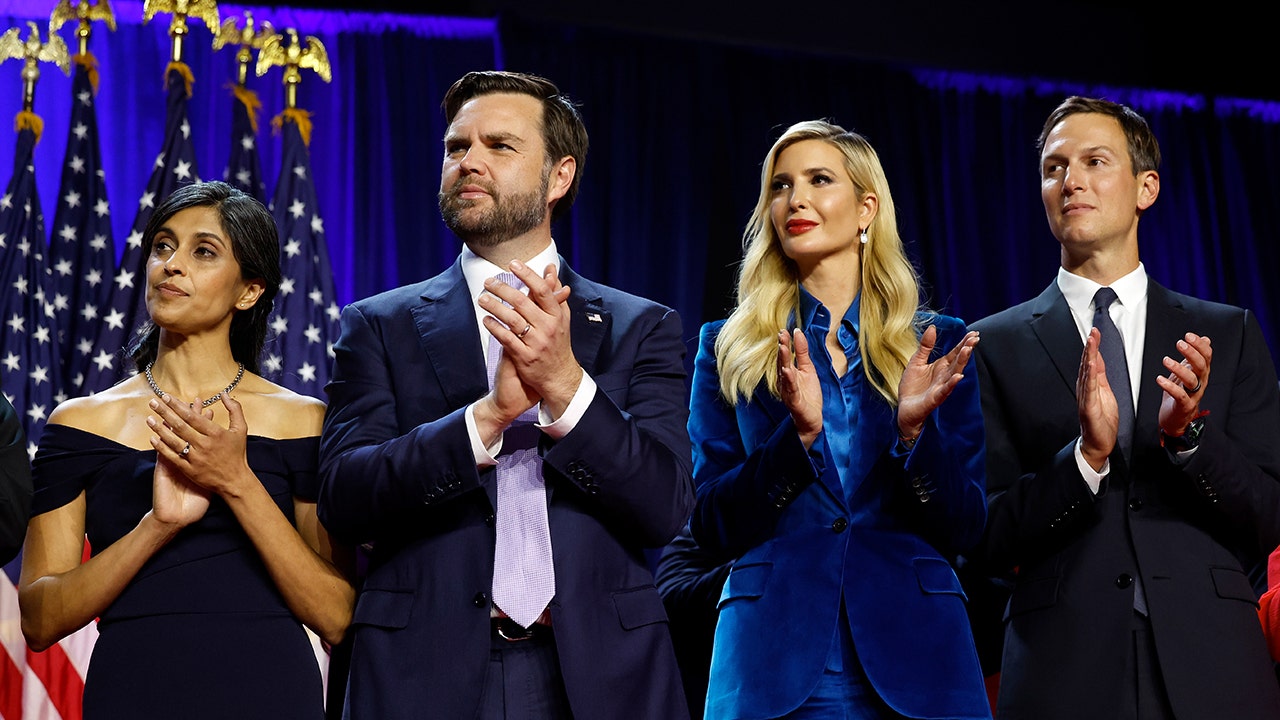



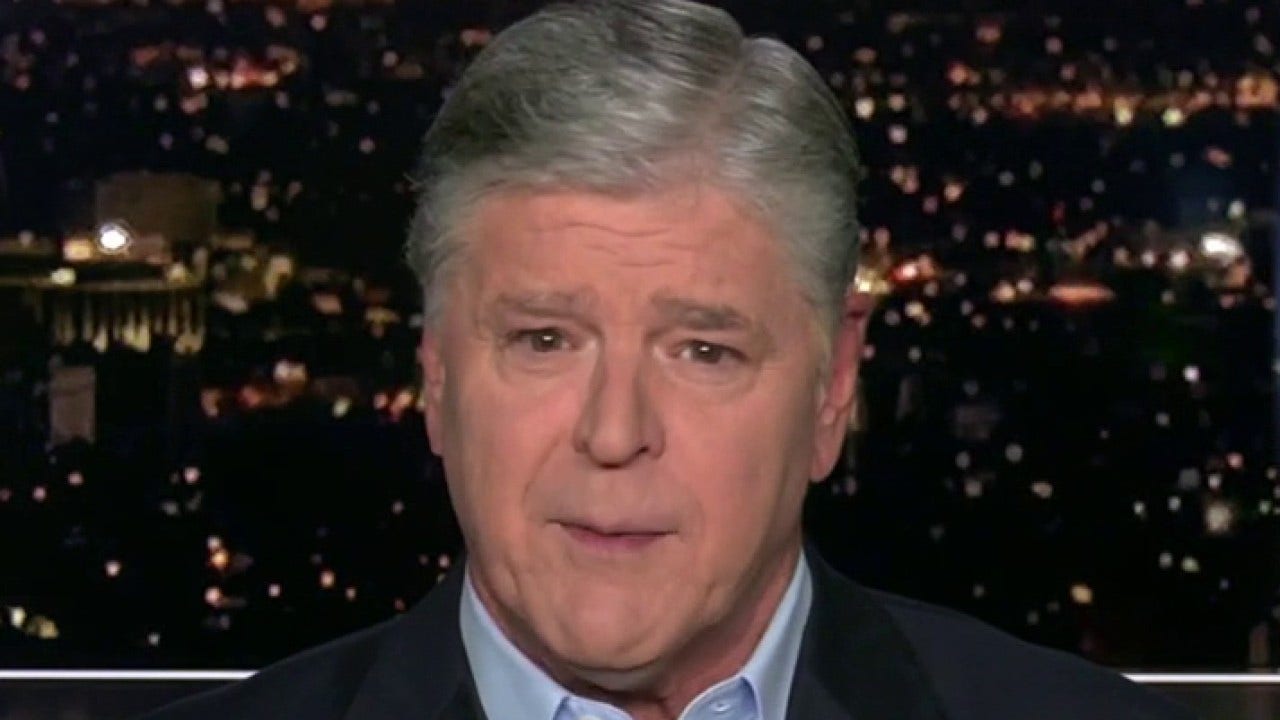



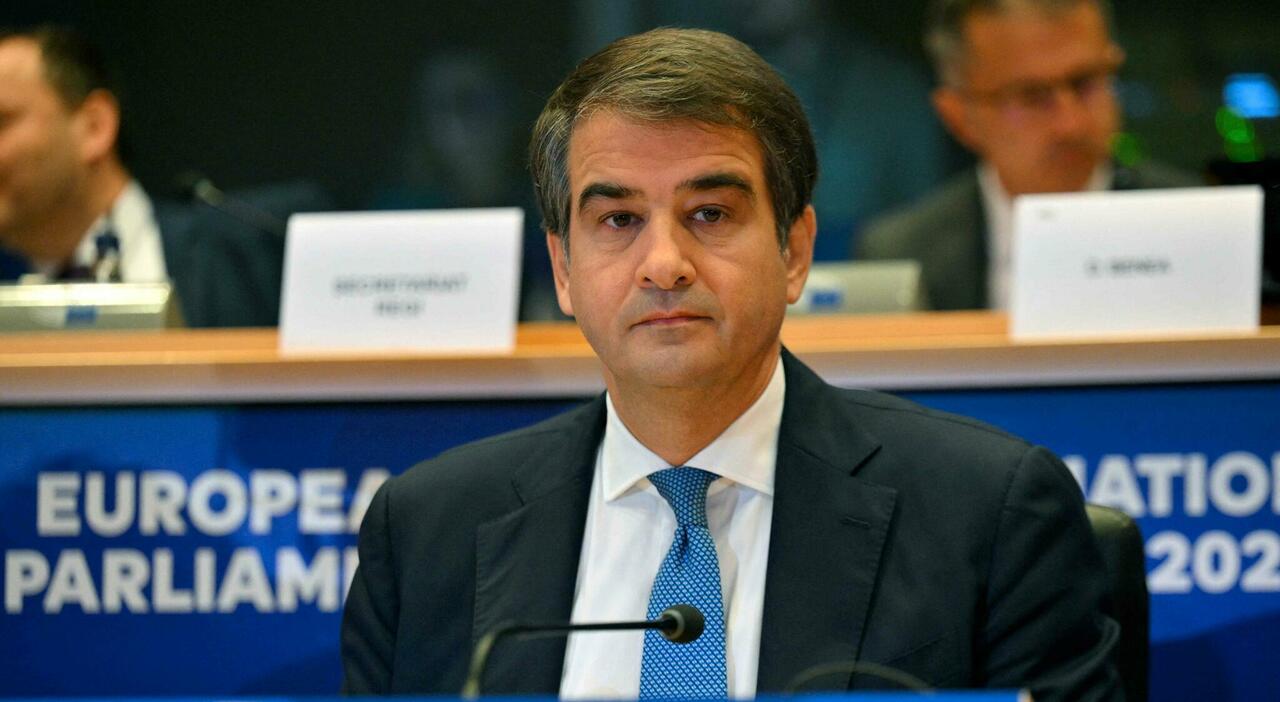




 English (US) ·
English (US) ·